Giardino alla Francese - 5 Idee Ispiratrici per il Design del Giardino alla Francese
Stai sognando un bel giardino vicino a casa tua? Grazie alle molte opzioni per il design del paesaggio, tutti possono trovare qualcosa che si adatti alle loro esigenze. I giardini alla francese sono stati particolarmente popolari ultimamente - e bisogna ammettere che è abbastanza distintivo tra le altre opzioni. Vi state chiedendo quali sono le caratteristiche dei giardini alla francese? Vuoi sapere se è un buon modo per organizzare il tuo terreno? Scopri le informazioni più importanti e controlla le migliori idee per questo tipo di paesaggio.

Da dove viene l’idea del giardino francese?
Come si scopre, lo stile del giardino francese ha una interessante e lunga storia. L’idea di un tale disegno di paesaggio è apparso per la prima volta durante l’epoca rinascimentale. Nonostante il nome - giardino francese - i primi concetti apparvero in Italia. La geometria e vari accessori di arricchimento erano importanti a quei tempi. Oltre alle piante e agli arbusti ornamentali, i giardini francesi contenevano i seguenti elementi:
- statue,
- fontane,
- archi a traliccio,
- scale.
Il giardino francese è arrivato in Francia dall’Italia - è successo quando uno dei monarchi (Carlo VIII) ha preso nota della bellezza dei disegni italiani. Decise di adottarli nel suo paese e di dare loro un nome proprio, che rimane in uso fino ad oggi.
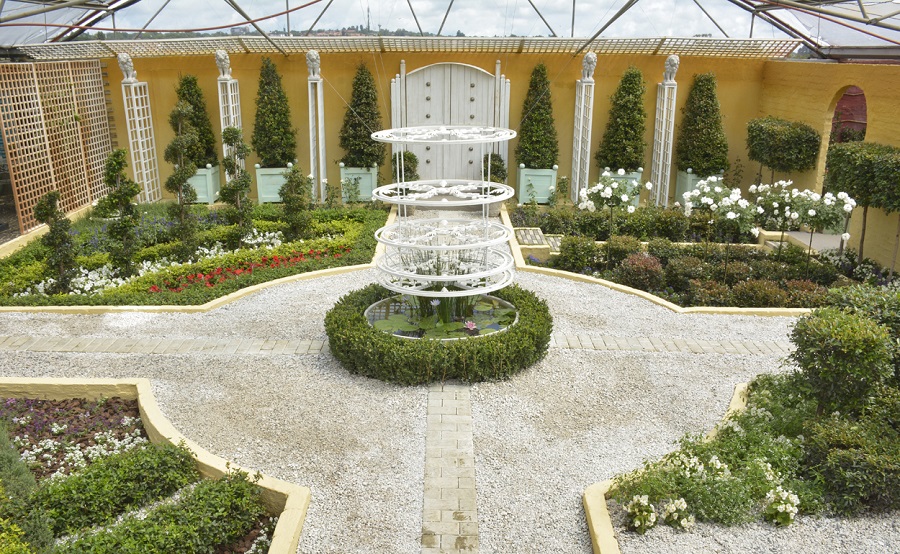
Come è fatto un giardino francese?
I giardini francesi sono, soprattutto, luoghi insolitamente geometrici. Significa che i sentieri segnati e le loro diramazioni sono perfettamente dritti - identici in entrambe le direzioni. La geometria menzionata è anche una caratteristica delle piante che appaiono in un giardino francese. Non riguarda solo gli alberi e gli arbusti, ma anche le aiuole. Qui, ogni elemento ha il suo posto specificamente designato. Per questo motivo, i giardini alla francese sono raccomandati a coloro che amano l’ordine. Il che non significa che un tale spazio debba essere noioso. I giardini francesi sono eccezionalmente stimolanti.
Un giardino francese, oltre alle piante e alla loro disposizione, utilizza alcuni elementi caratteristici. Essi includono i seguenti:
- percorsi,
- superfici a più livelli con scale,
- sculture, piedistalli e figure,
- gazebo,
- piccoli stagni o fontane,
- panchine,
- pergolati.
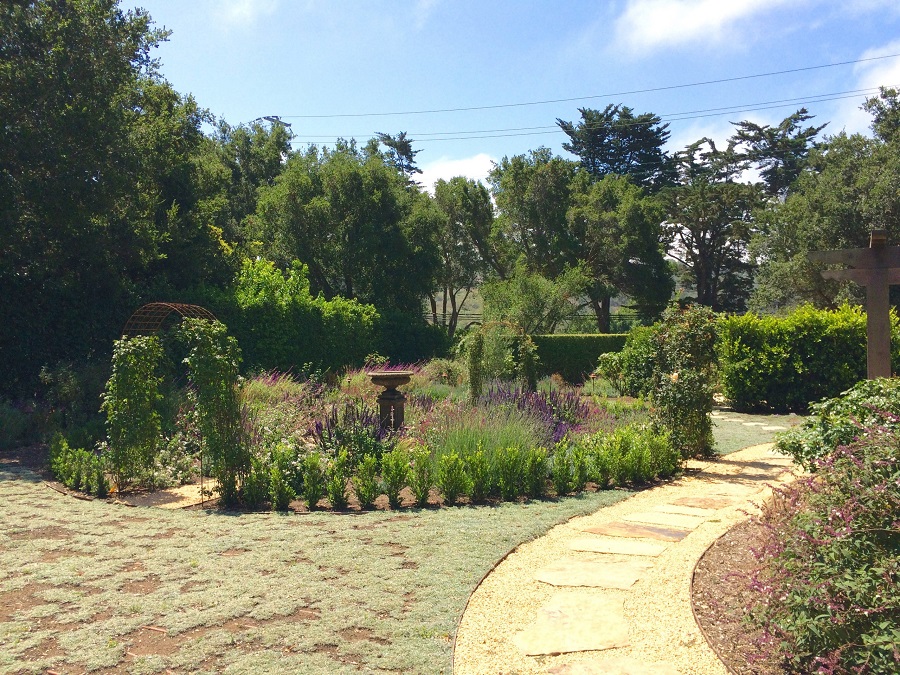
Quali sono le migliori piante per un giardino alla francese?
Un giardino francese non solo ha la sua caratteristica forma e struttura, ma utilizza anche piante specifiche. Come si scopre, alcune di esse sono comuni per concetti particolari. È il risultato della loro forma o del loro potenziale di formazione. Gli arbusti da siepe sono perfetti, in questo caso, ma non sono le uniche opzioni. Quali sono altre piante tipiche del giardino francese? Date un’occhiata ai seguenti suggerimenti:
- bosso,
- coleus,
- lavanda,
- rosa,
- ginepro,
- calendula,
- stock,
- calendula,
- begonia,
- hydrangea,
- alloro ciliegio.
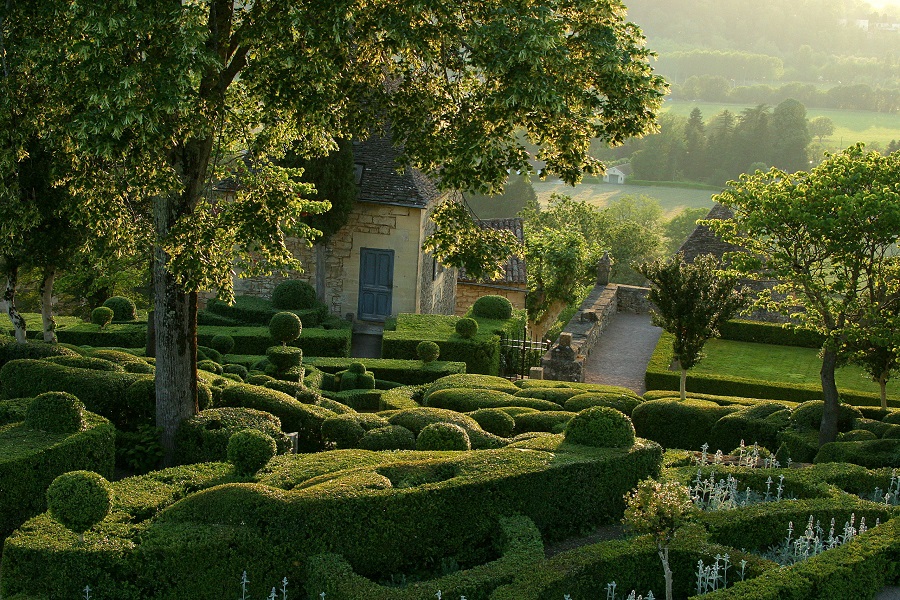
Giardino francese vs. giardino inglese - qual è la differenza?
Le persone inesperte potrebbero confondere un giardino alla francese e un giardino all’inglese. Anche se alcuni elementi sono simili, per esempio ampi sentieri, vari archi e pergolati, sculture e punti di riposo, questi due spazi differiscono.
Un giardino all’inglese è mantenuto naturale. Significa che le piante sono disposte in aiuole, ma non sono formate. L’intera composizione non è nemmeno geometrica. Il design di un giardino francese è diverso. Lo spazio è perfettamente pianificato, ogni elemento ha il suo posto e fa parte di un concetto più grande.
Un giardino francese è una buona idea per il tuo spazio?
Un giardino alla francese è tipicamente associato a palazzi e mansioni. In effetti, questo tipo di design appariva esclusivamente in luoghi come questo. Ma tutto cambia - compreso l’atteggiamento verso questo tema. Ecco perché i giardini alla francese sono apparsi nei giardini di casa da oltre un decennio.
Tenete presente che progettare un bel giardino alla francese non è così facile come sembra. Ecco perché dovresti leggere molto su questo argomento in cerca di ispirazione, o chiedere a un esperto di realizzare il progetto per te.
Si noti che i progetti di giardini francesi su piccola scala non sempre usano tutti gli elementi caratteristici. Il che non significa che abbiano un aspetto peggiore.
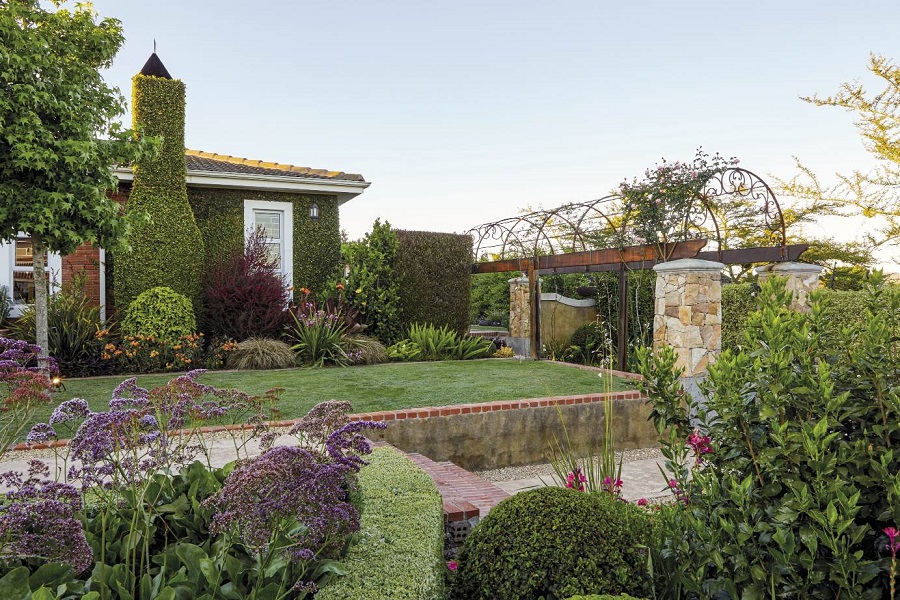
Un giardino francese e belle sculture vegetali estetiche
Le sculture vegetali sono uno degli elementi più caratteristici di un giardino francese. È interessante notare che è possibile utilizzarle indipendentemente dal fatto che la proprietà sia grande o piccola. Ma in quest’ultimo caso, assicuratevi di scegliere con cura gli arbusti e di tagliarli regolarmente, in modo che non disturbino l’aspetto della proprietà.
Potete piantare alcuni cespugli su ogni lato di un sentiero del giardino. Piantate la stessa specie o scegliete alcuni arbusti diversi e piantateli alternativamente per ottenere l’armonia - un aspetto molto importante di ogni giardino francese. Una siepe intorno a tutta la proprietà è una grande aggiunta che si adatta all’intero concetto.
Se la proprietà è piccola, e non potete aggiungere elementi architettonici minori o altri elementi, considerate di sistemare alcune aiuole o di scegliere piccoli arbusti colorati. In questo modo, si può creare un design affascinante.
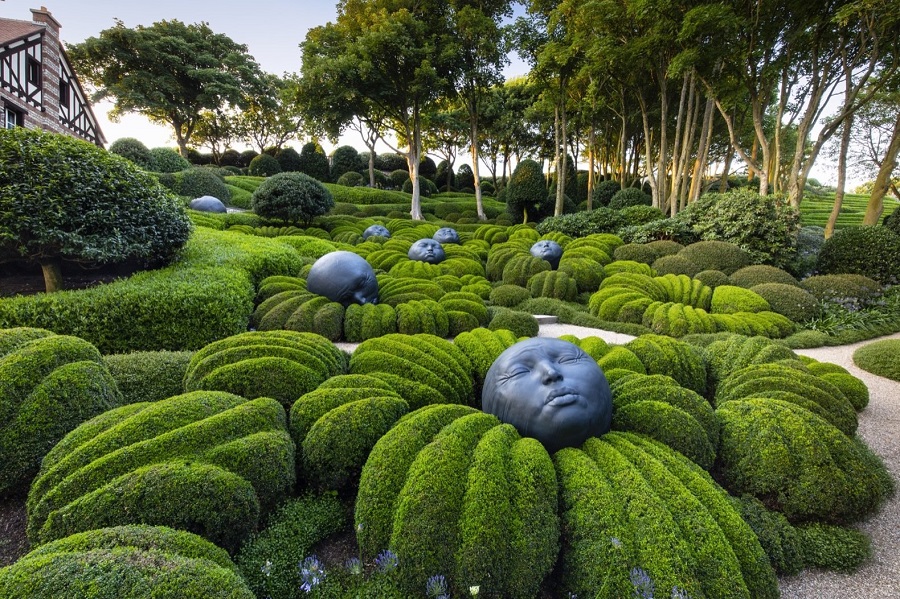
Un design di giardino francese con piccoli elementi architettonici
I proprietari di grandi proprietà hanno molte più opzioni che permettono loro di concepire un incredibile design di giardino francese. È possibile creare una vera e propria opera d’arte su una vasta area, poiché tutti gli elementi caratteristici possono essere inclusi in questo concetto. Oltre ad ampi sentieri, sculture vegetali e aiuole, è possibile aggiungere la cosiddetta piccola architettura da giardino.
Vi state chiedendo cosa sia esattamente l’architettura da giardino? Di solito viene menzionata nel contesto dei gazebo. Ma in realtà, è solo una delle tante opzioni che puoi usare nel tuo giardino francese. Altre possibilità interessanti includono:
- pergolati,
- pozzi,
- panchine,
- tralicci,
- tralicci,
- archi di rose,
- sedie a dondolo,
- statue e sculture.
Ci sono molte opzioni, ma assicuratevi di non abusarne. Pensate e pianificate attentamente la disposizione del giardino per renderla coerente ed estetica. A volte, anche un singolo elemento fuori posto è una decisione sbagliata, quindi prestate particolare attenzione all’intero piano.
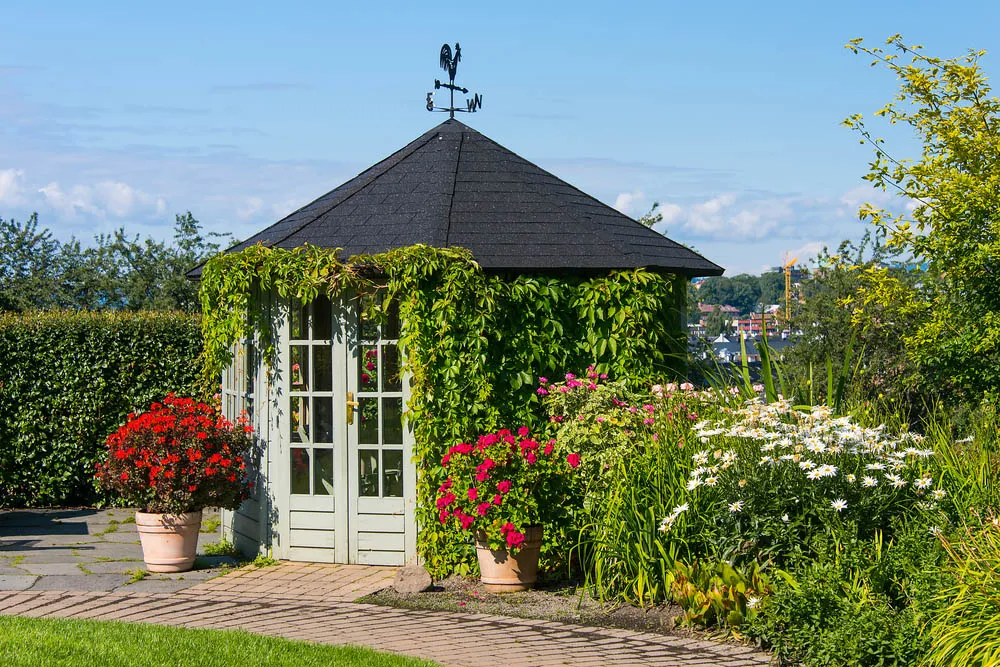
Un giardino francese pieno di ricordi del passato
Il carattere ordinato del design di un giardino francese non significa che si debba rinunciare a certi elementi decorativi. Anche se dovreste tenerli con moderazione - gli oggetti interessanti e distinti sono incoraggiati in uno spazio come questo. Non dovrebbero essere riuniti in un solo posto. Invece, spargeteli abilmente intorno all’area. Grazie a questo, ogni luogo del giardino acquista un carattere unico.
Vi state chiedendo quali elementi decorativi potreste usare per questo scopo? Provate questi suggerimenti:
- vecchie lanterne,
- biciclette antiche,
- portafiori di metallo,
- vari tipi di gabbie.
Molti di questi elementi si possono trovare nei mercati dell’antiquariato e nelle vendite in garage. A volte, si possono ottenere gratuitamente. Potrebbero essere consumati o arrugginiti. Tuttavia, puoi restaurarli a basso costo e poi metterli nel tuo giardino, dove ti serviranno per anni.
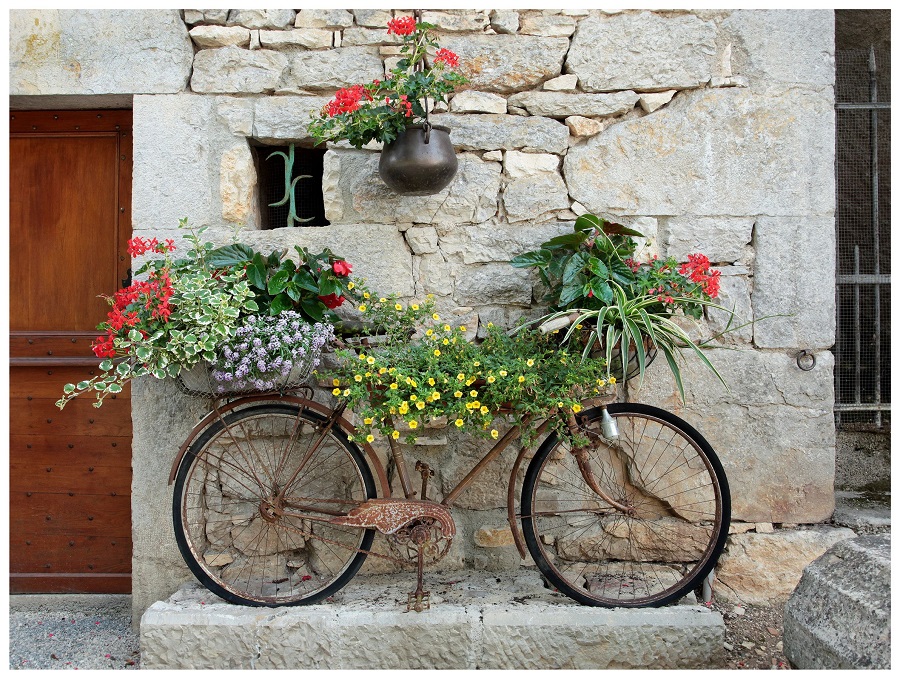
Un giardino francese - stagni e fontane affascinanti
I grandi giardini francesi non esisterebbero senza almeno un elemento d’acqua. A seconda dello spazio disponibile, si può decidere per una bella fontana o un stagno. Inoltre, puoi usare questi due elementi in un solo giardino - ma assicurati che siano situati in zone separate.
Uno stagno o una fontana sono una buona idea per un piccolo giardino francese? Dipende - soprattutto dal progetto. Tali progetti esistono - ma richiedono un sacco di pianificazione.
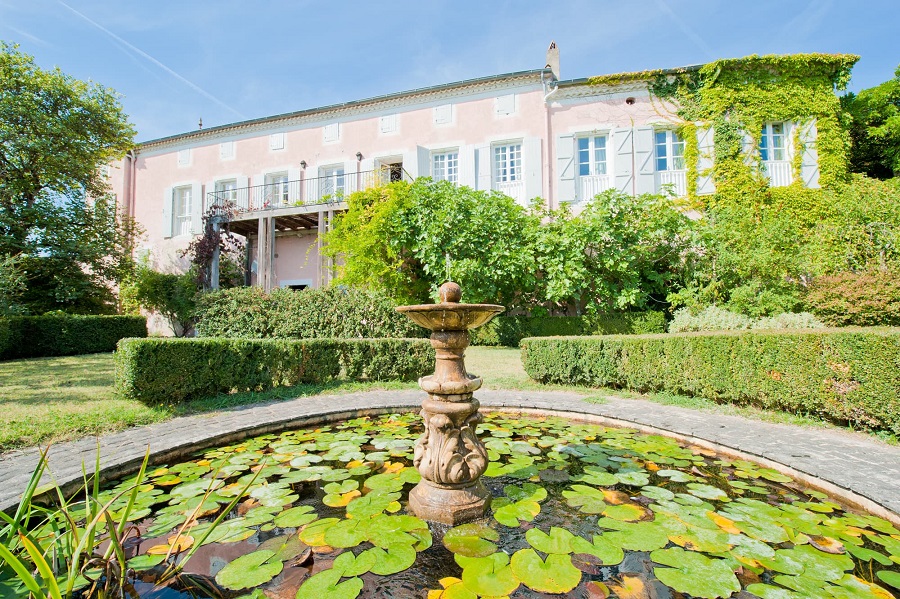
Un giardino francese pieno di magnifiche aiuole
Non sei un fan dell’eccesso di sontuosità? Panchine, fontane e statue non sono la vostra tazza di tè, ma c’è qualcosa che vi piace in un giardino alla francese? Potete provare un concetto alternativo per un tale design. Usare aiuole disposte simmetricamente con sentieri in mezzo è un’opzione perfetta per voi.
Quando progettate il vostro giardino francese a base di fiori, potete decidere di scegliere le piante in certi colori. In questo modo, l’intera disposizione sarà ancora più impressionante. Questa idea è adatta a qualsiasi tipo di proprietà, indipendentemente dalle dimensioni.
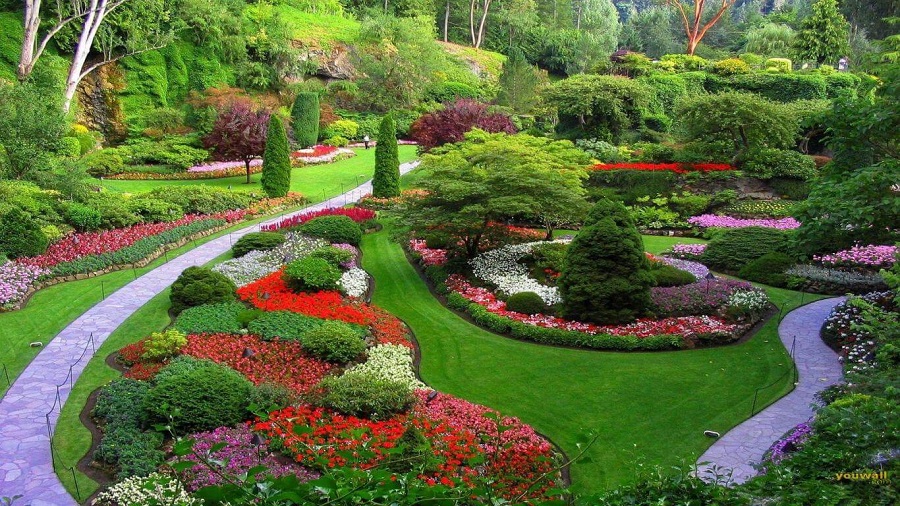
📍 Dove ha avuto origine il design del giardino francese?
L'idea dei giardini alla francese ha le sue radici nel modo in cui venivano progettati i vecchi giardini dei palazzi italiani. Adottato in Francia, il concetto è stato perfezionato, e altri paesi hanno iniziato a utilizzare questo tipo di paesaggio. È unico, ed è ancora popolare al giorno d'oggi.
📍 Quali sono le caratteristiche del design del giardino francese?
Un giardino francese è ordinato e geometrico. È pieno di arbusti e alberi tagliati in modo uniforme, così come di aiuole disposte simmetricamente. Elementi di architettura da giardino appaiono anche qui, per esempio, pergole, gazebo e fontane.
📍 Si può organizzare un giardino francese in qualsiasi cortile?
Ogni proprietà può essere organizzata in un giardino alla francese, anche se non avrà lo stesso aspetto in ogni caso. La quantità di spazio determina quali elementi possono essere utilizzati. Un cortile più grande è molto più vantaggioso, ma non significa che sia più facile da progettare.
Articoli in primo piano




